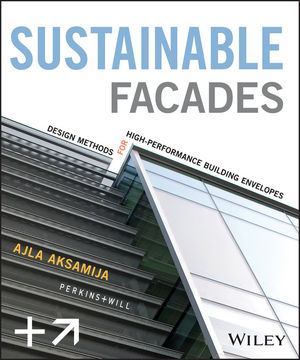
Oh, the good old days. One could buy a nice home for less than $100,000, Republicans and Democrats got along and energy was cheap. Gas was cheaper than a dollar a gallon, heating or cooling your home was inexpensive and life was much simpler. Of all the changes in the last few decades, the cost of energy has to be at the top and more change is coming. We will be building differently in the future-that is a guarantee because energy costs will not be dropping.
Much simpler. Of all the changes in the last few decades, the cost of energy has to be at the top and more change is coming. We will be building differently in the future-that is a guarantee because energy costs will not be dropping.
As we deplete our resources, the U.S. government reports that 36 percent of our total energy consumption is used in our buildings. Americans were first asked to be more energy efficient with our buildings. We politely rejected that idea, as energy was still affordable and we saw no reason to change. The government then offered incentives if we would demonstrate a serious commitment to energy savings; a few took advantage of the rebates but not enough to make a difference. The final step is here at our doorstep. We will be mandated and regulated change in making buildings more energy efficient.
We are not the first to be regulated on energy efficient buildings: Central Europe has been living with higher costs since the end of World War II and they have made some significant advancements in the area of energy efficiency in buildings. The first and most notable in our industry was just after World War II. The Germans developed an exterior stucco looking cladding that was extremely energy efficient. In German, the word for plaster is verputz, and a few decades later the Americans copied the verputz and even stole the name for a particular texture finish that was popular in Germany. This new verputz revolutionized and still dominates the exterior of European buildings-residential and commercial alike are covered with this energy efficient and attractive cladding.
The Europeans have struggled with energy costs in the last 50 to 60 years and the construction practices or the change in construction techniques clearly demonstrate how much change they have lived through. Europe has some very old buildings. My wife took me to visit her aunt and uncle who live in the Alps of Austria and the home has been in their family for more than 500 years. I had to stop and think about that: 500 years? The year of this visit was 1992 and 500 years earlier Christopher Columbus discovered America. They could not help but note the irony, “Now an American discovers Europe.”
The home was large with small windows and doors, and small compartmentalized rooms. A monstrously huge ceramic tile fireplace was centrally located in the home. Parts of the fireplace extended into rooms to provide radiant heat from the warm ceramic tiles. The “converted chimneys” (their term) could use natural gas or wood, but the original fuel was only wood burning, and I assume this is the main reason the forests in central Europe were decimated a few centuries back.
Europe has struggled through what we are about to-a future of extreme in energy costs. I have been to Europe many times in the last 20 years, and while the gallon to liter conversion is challenging, as was the various currencies that existed back then, I was painfully aware that gasoline was always around $5 per gallon, even in the 1990s. We may want to learn from them: They have been down this road and learned about saving energy.
My in-laws remodeled one home and built two new ones in 2011, they all used about 10 inches of rigid foam on the exterior of their houses and can heat those homes for pennies a day. That verputz (plaster system) that revolutionized Europe is what we call EIFS for short. When I talk about continuous insulation as the future for America to my European family and friends, they smile and wonder what has taken us Americans so long to get here. I explain that energy was cheap for us the last half century and we did not need super efficient buildings. But the tipping point has come and we will change, whether we like it or not.




Report Abusive Comment